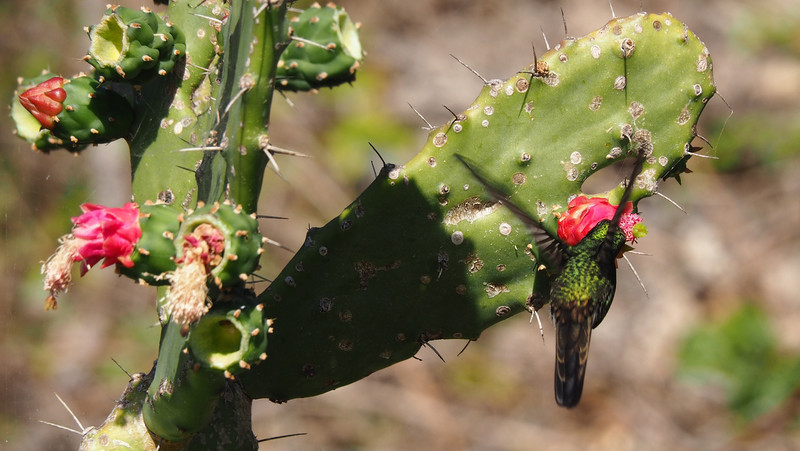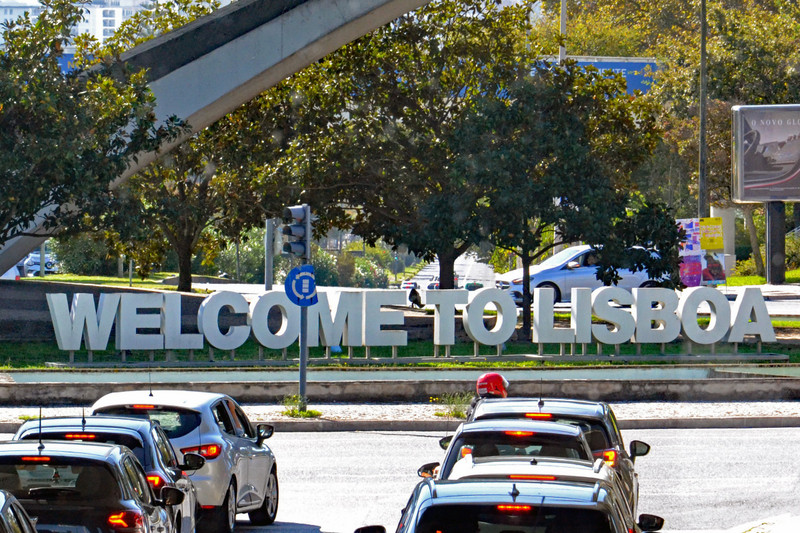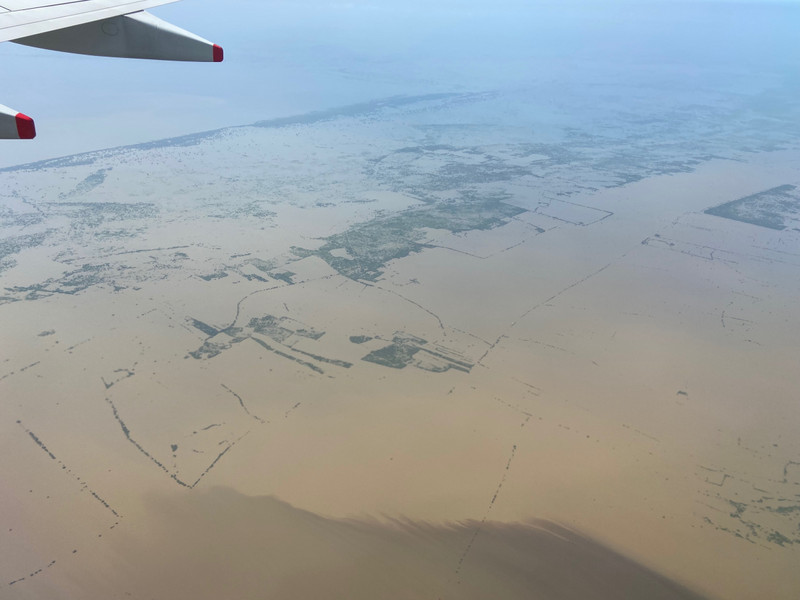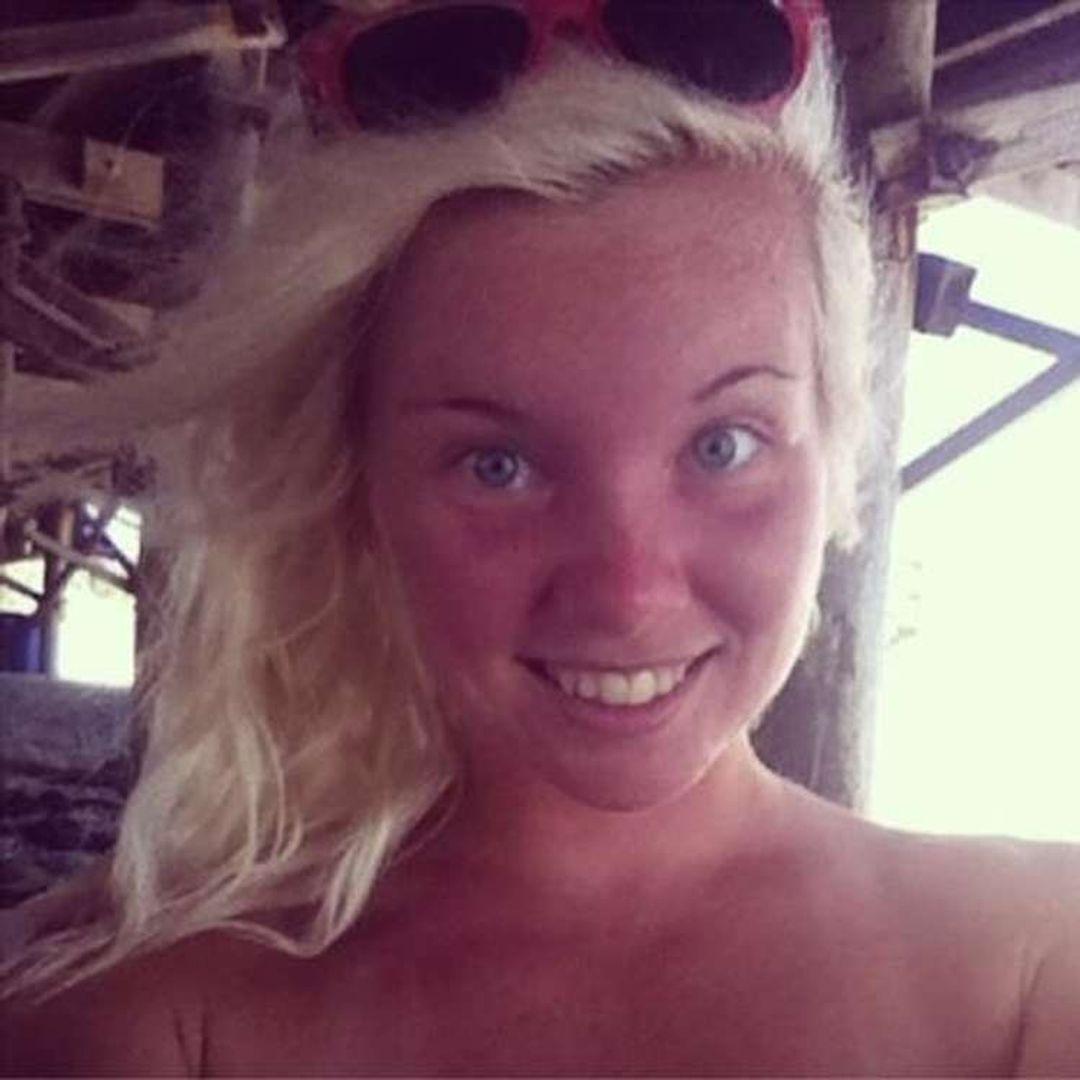Here I am at an resort, sitting by the pool writing these notes, unwillingly listening to recorded music that drowns the birdsong, and psychically assaulted by staff moving chairs for a party tonight. Bizarre! I decided not to go swimming, because sunset and the breeze is cool even when clothed. The climate has changed again now we are on the north side of the Guamuhaya Mountain Range, facing the Atlantic, although the sea is not within sight.
We departed on the dot of 8:30 this morning to arrive at a popular viewpoint in Altiplano Micro Park while parking spots were still available. (By the time we left the viewpoint, they were all occupied.)
Our bus climbed steadily up into the mountains along curves and tight switchbacks. I glimpsed the sea occasionally when big valleys opened up the tree canopy. Climbing 145 wooden steps, we looked back to the port where we set sail last night. As I was puffing up the steps, I paused to take photos of a Prickly Pear cactus in bloom, and through my lens discovered a Cuban Emerald Hummingbird drinking deeply from the many flowers. After we had filled our eyes with the wide views at the top,
on the way down, we caught sight of a Yellow Warbler , camouflaged nicely amongst the bright yellow blooms of a particularly tall agave plant.
Further along, in the National Park, our specialist guide, Joany, led us through a demonstration garden, describing coffee production at Topas de Collantes . Hurricane Irma in 2017 destroyed almost half of the coffee trees and almost all the planted shade trees in the research park. On the good side, it rained torrentially for a week and refilled the main reservoir, Hanabanilla , which had fallen to thirty percent of its capacity.
For each coffee tree to be planted, first a hole about half a metre square and 40 cm deep is dug; it is left empty for four months to fill with forest debris that After the tree is planted, three years pass before it yields acceptable berries, and several more years before full production. export crop is sold to Japan, which buys only organic coffee.) Since Cuba gets so much sun, and coffee needs shade, mimosa trees are planted everywhere and bananas are planted by each coffee tree. At least the bananas produce a crop while waiting for the
Of course, we had a coffee break to taste the special brew (best in the world!). The traditional approach still used in the local area is to slowly dry the beans over two weeks. The natural honey between the husk and the bean is absorbed into the bean, giving a smooth taste. All coffee served is espresso.
Feeling full of energy again, we followed Joany into the forest for a nature walk. Because the Spanish colonizers took all the native Cuban hardwood back to Spain for furniture and the interiors of their homes, there is literally none left. Through other colonizers and settlers and modern policies, trees have been brought from all over the world. The biggest mistake in this policy was importing the African Tulip tree, which does grow fast and has beautiful red flowers, each of which provides water to birds for a week. Unfortunately, it has countless seeds that make it highly invasive.
As we lazily strolled along, Joany pointed out various trees and flowers. Deep red Hibiscus flowers shone through the lush forest. (The Hibiscus wood is used to make Cuban baseball bats.) In the distance was a bitter orange tree
with ripe fruit, used as the prime marinade for meat, including at the cooking school several days ago. Joany helped us spot the birds that seemed to fly off the moment our eyes caught them. (Perhaps we were exclaiming rather loudly.) While I missed the national bird, the Cuban Trogon, I did finally see a Cuban Green Woodpecker after Joany actually took my camera out of my hands to make the shot. Later, at lunch, we had a really good look at a West Indian Woodpecker perched for several minutes on a dead tree right by the balcony.









